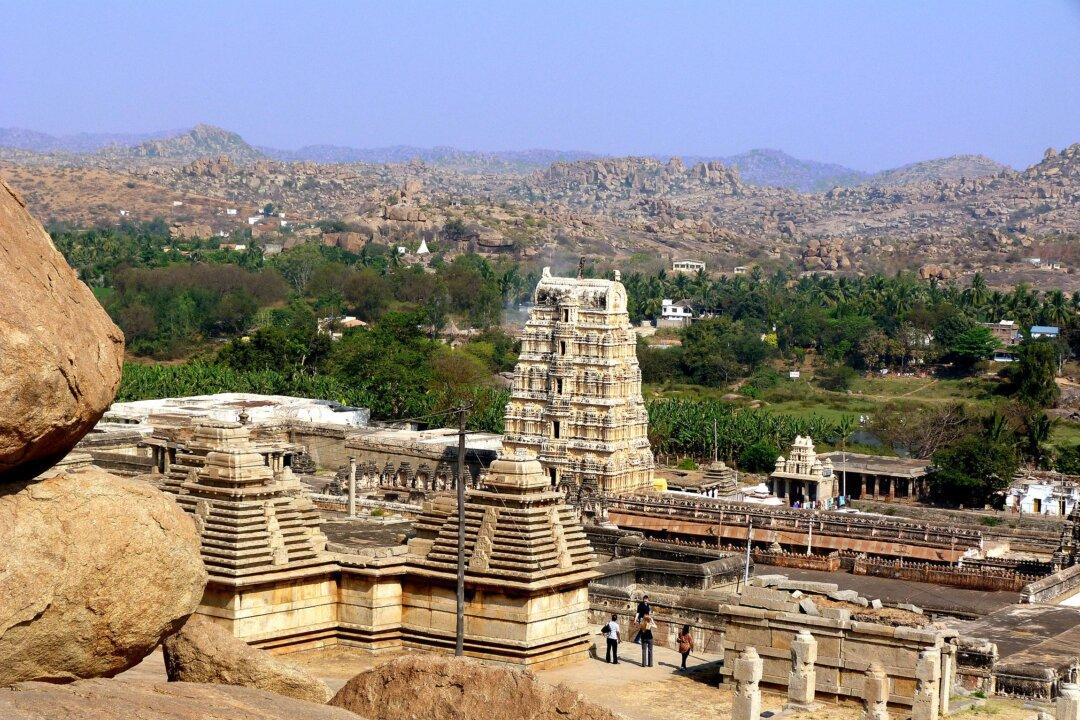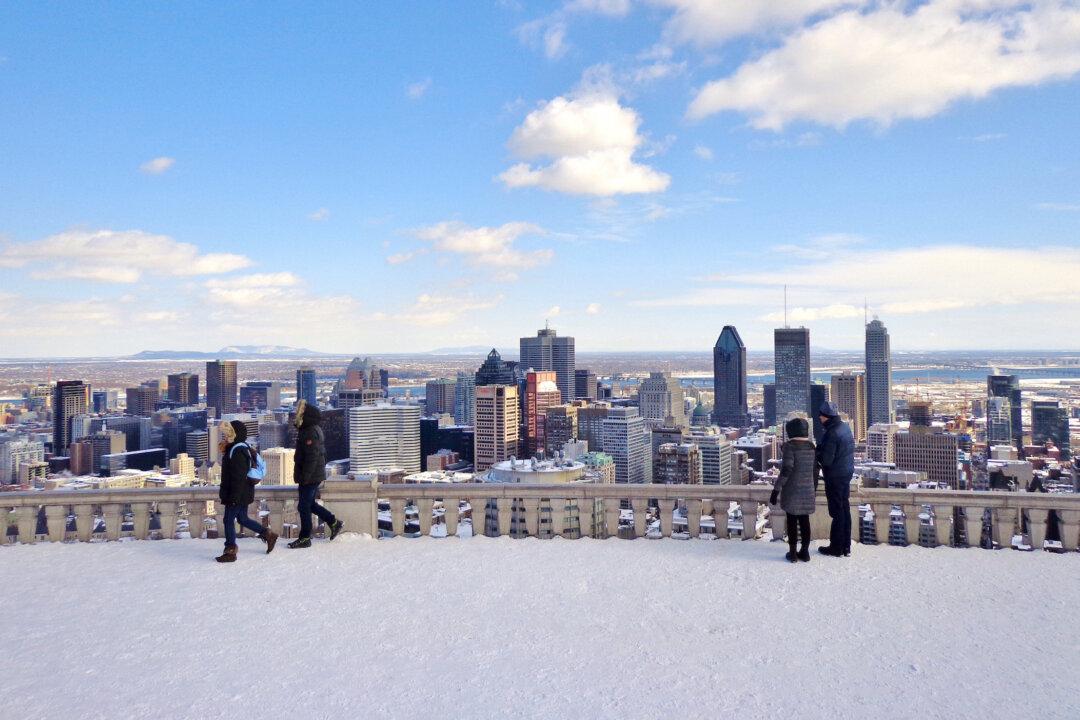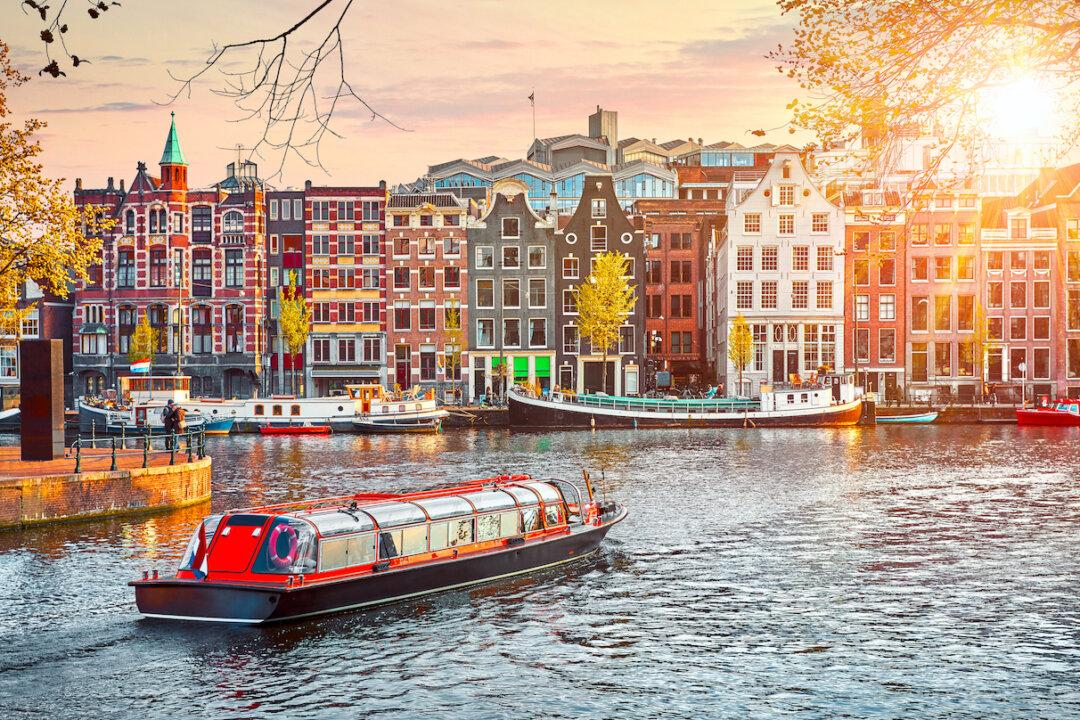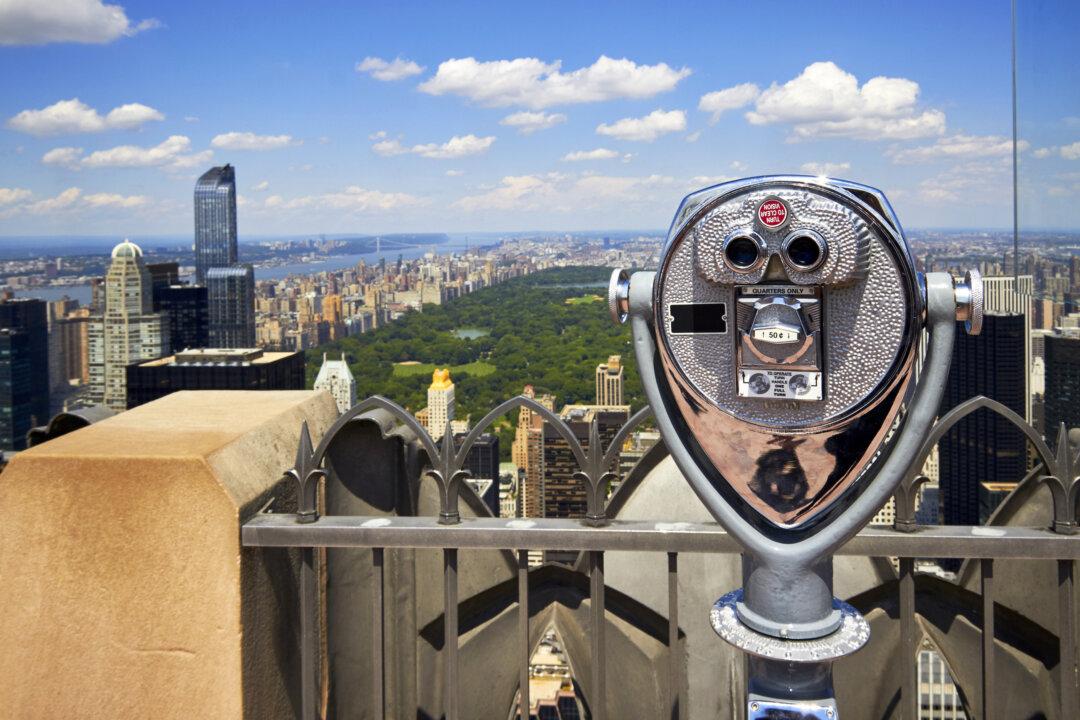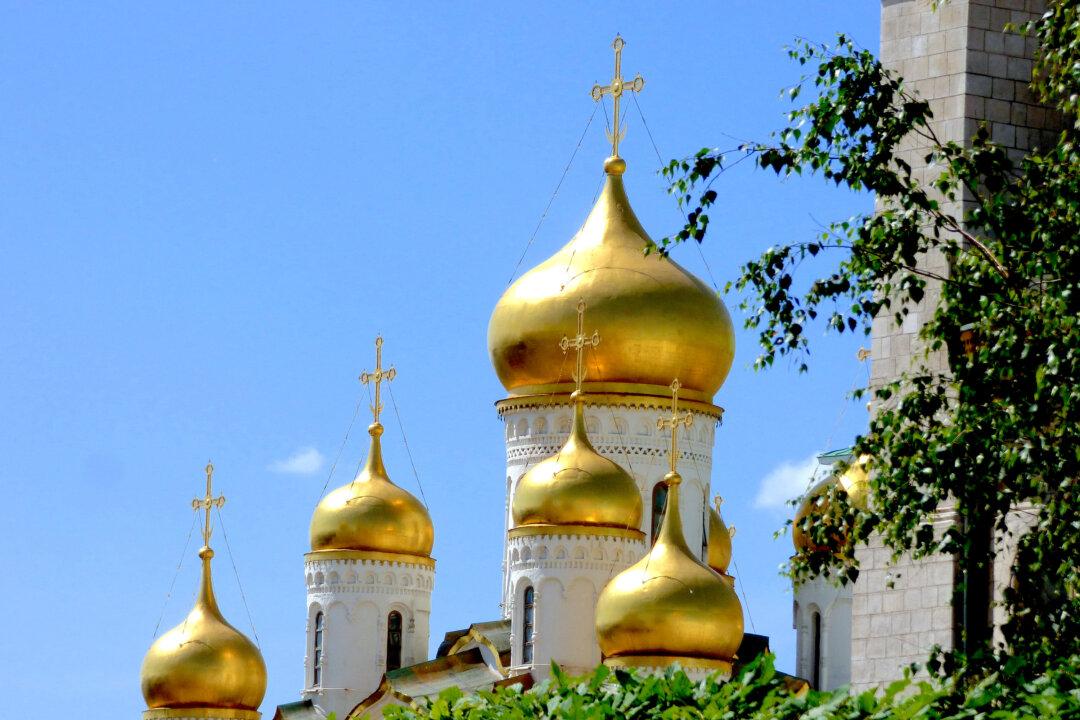The Golden Chariot train trip through the Indian state of Karnataka is not only the most comfortable way to go—it’s the only way.
Well, that’s not exactly true; you could travel through the small villages and farmlands on rutty and unreliable roads, fighting for space with ox-drawn carts, people walking and on bicycles, and unfettered animals lumbering across the road simply to get to the other side. But to travel through one of the most exotic and well-preserved historical regions in India less stressful, treat yourself to a cruise-on-land and take the train.
Our trip began in Bangalore, renamed Bengaluru, at the Yeshwantpur Junction station. A four-piece Indian band led us down the platform toward hostesses dressed in colourful saris. They applied traditional red bindi dots to our foreheads (representing wisdom, love and prosperity) and placed fragrant flower lei around our necks. After a welcome-aboard party I retired to my cabin.
In the morning we boarded an air-conditioned bus to take us to our first stop, Bandipur/Kabini and the Rajiv Gandhi National Park, originally the private hunting reserve for the Maharajahs of Mysore. A water safari is a unique opportunity to view the animals as they come out of the thicket to drink and frolic at the water’s edge. We saw elephants, monkeys, deer and impala, wild boar, and large bison.

